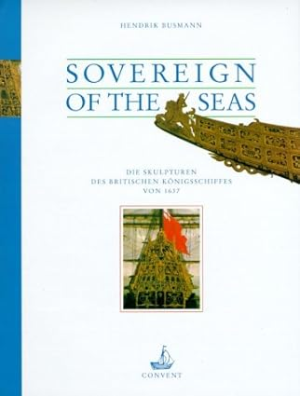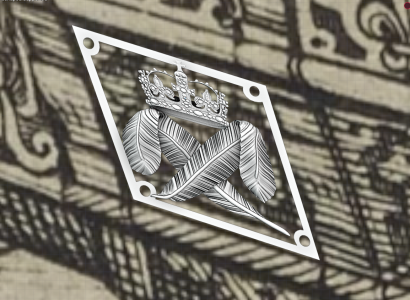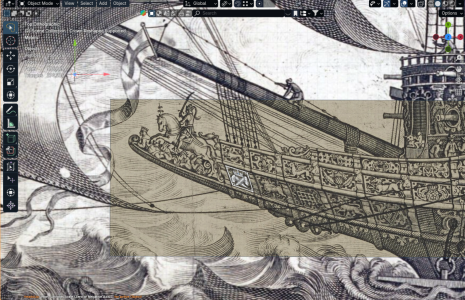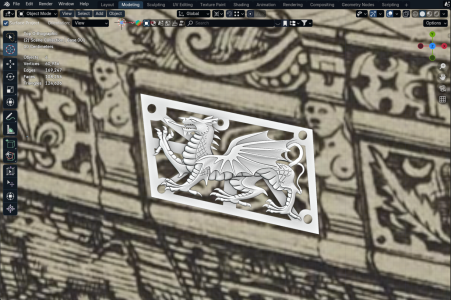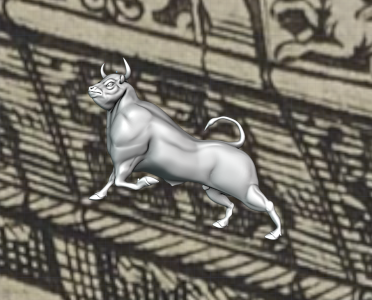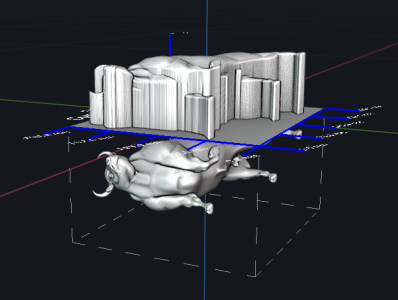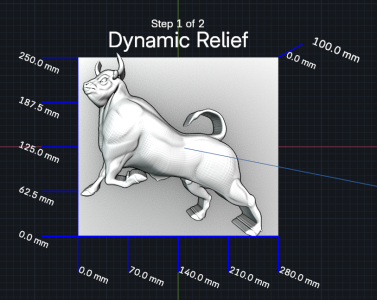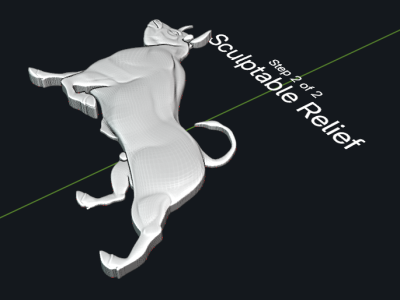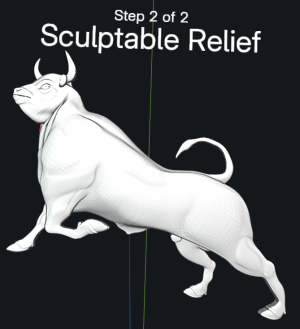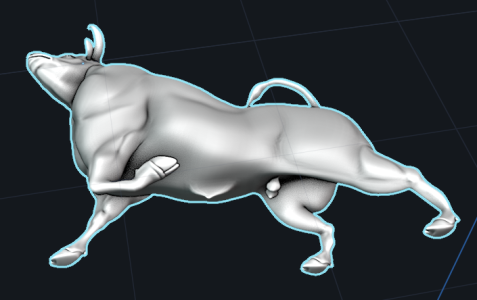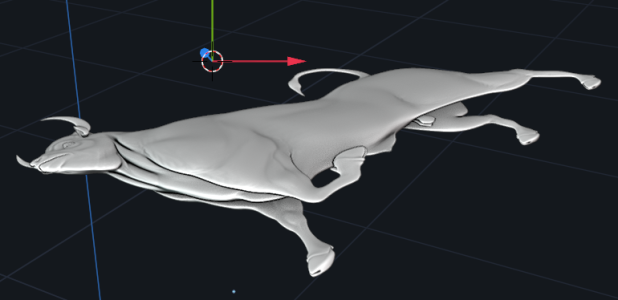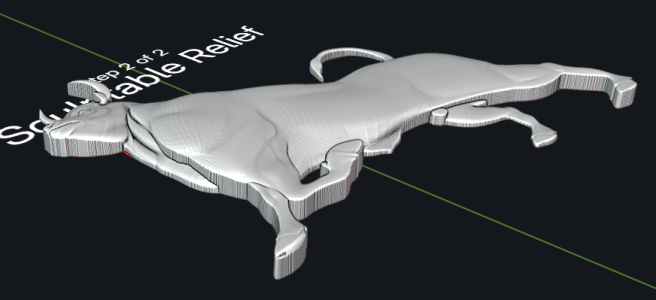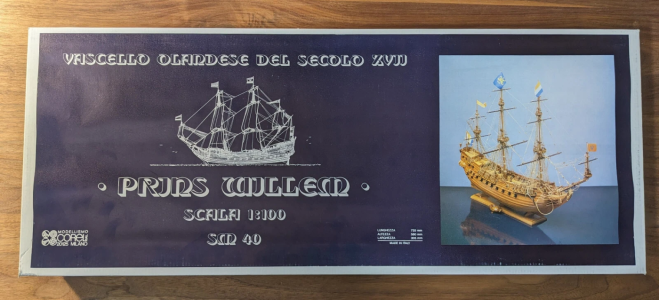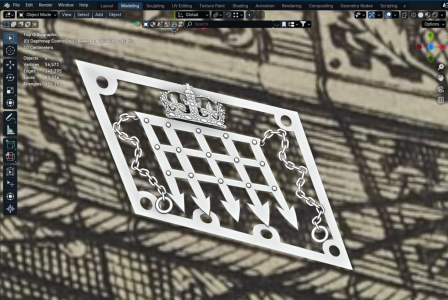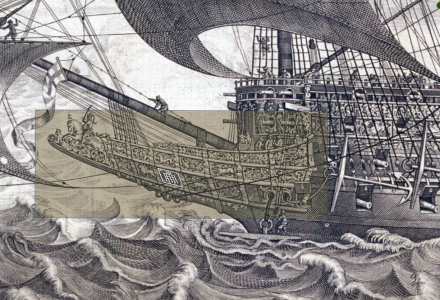I'm trying out a new tool today. After scupting a the black bull object to the correct pose, I bought a new Blender add-on plugin called
Basify which converts 3-D objects in to base reliefs. This is my first attempt to use it. First, I starting with my 3-D object, which is very thick.
View attachment 517748View attachment 517749
Then I use Basify to create a base relief. You place your object inside a box under a plane that is bereated by the add-on, adjust a few variables, and you get a base relief. The object under the plane can be positioned an any angle. Note how tall the base relief is compared to the original object beneath it. It had to be extrude that too to preserve the depth and details of the head and muscles. I'm going to fix that.
View attachment 517750View attachment 517751
The add-on creates a copy of the base relief to another location so you can sculpt and edit it. Let's thin out the model by editing the legs and other parts to move them upward and more in line with the main body. There.. that's much better.
View attachment 517755View attachment 517756
Compare that to simple flattening the original 3-D object:
View attachment 517757
Looks a bit too flat to print on the resin printer. Which do you guys like better?
View attachment 517758View attachment 517759
